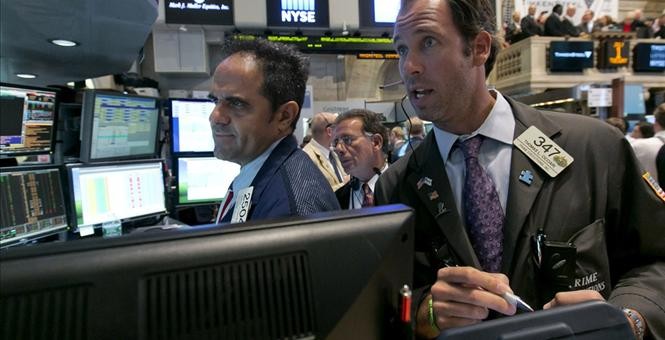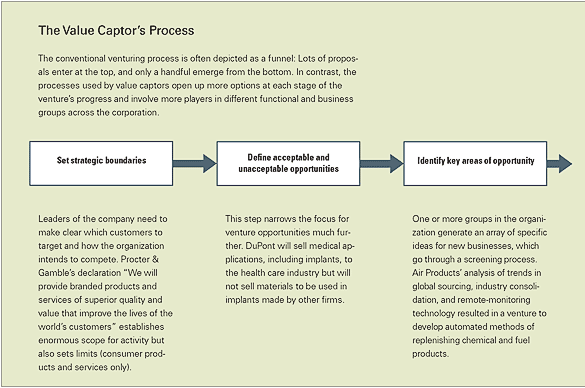How Postmortem Analysis Can Improve Your Investing Process
Post on: 1 Июнь, 2015 No Comment

What do Apple (AAPL), Starbucks (SBUX), Ford (F) and General Electric (GE) all have in common?
Their businesses are built on churning out thousands and thousands of products each and every week. To be successful, they have to deliver products that meet or beat consumer expectations time and time again.
What those three companies have in common with most other successful companies from industrial manufacturing to online retailers like Zappos is a well-oiled process.
Not to get all “text bookie” on you, but a process is a series of actions or steps taken to achieve a particular end. The same can be said about investing from all of the thousands and thousands of individual stocks, exchange-traded funds (ETFs), mutual funds, call and put options and more. You want to zero in on those that will generate the biggest profits with the least risk over a given period of time. To do it once or twice, you may get lucky. But to be successful for the long term, it means having a process in place.
You don’t want to be a “one-and-done” investor who continues to bask in the glow of one great trade. No, you want to be a serial investor who continues to get on base with, to use the baseball analogy, a number of singles and doubles. We won’t turn down the stand-up triple or even a home run, but at the heart of it we want to get on base as many times as possible without striking out. You have to refine your swing, and that means perfecting the process. It works for batting, and it works for investing.
One of the key strategies used by mutual fund and hedge fund managers is the post-trade analysis. Whether it’s a profit-winning trade or one that went south, dissecting where it went right or wrong and why is critical to the process. And yes, like manufacturing any widget, investing is a process. When a manufacturing line goes down unexpectedly or a product rolls off that line and something is wrong, the team looks for what went wrong and why to prevent it from happening again.
Successful, long-term investors have a similar process known as the postmortem trade analysis. If it was a profitable trade, what led to the investment in the first place? What data points and sources verified or reinforced the thesis behind the investment? If it was a trade that went south, what key pieces of information were missed? Did something in the industry or company change suddenly? If something did change, did you recognize the impact and how did you react? Why did you react that way?
I know you get what I am talking about it’s like an autopsy for an investment. Let me walk you through an example.
Back in January, I noticed that beef prices were on the rise and likely to move up further given the supply-demand imbalance I was seeing. More people around the globe were looking for beef as a protein source at a time when the herd was shrinking. It was simple supply and demand dynamics. At the same time, pork prices also were climbing, given new concerns about swine flu. My recommendation to subscribers of my investment newsletter, PowerTrend Profits . was to buy shares of poultry company Pilgrim’s Pride (PPC).
During the coming months, the shares climbed to more than $25 from below $16 in late January as beef and pork prices soared. Those commodity moves resulted in several upgrades and raised price targets on PPC shares from Wall Street firms. I was thrilled with the position, as were the thousands of PowerTrend Profits subscribers they were up more than 50%!
In early June, however, the company entered a bid for Hillshire Brands (HSH). Not only would this bloat the balance sheet with debt, but it also would alter the company’s product mix to poultry, pork and bakery products from one that was solely poultry. The reason to own the shares had changed and the risk profile was even greater if they won the bid, sure, there would be “synergies,” but also a lot more debt! At the same time, if Pilgrim’s got into a bidding war for Hillshire, even more debt might have been piled onto the balance sheet.
Rather than stick around and face those unknowns, I recommended exiting PPC shares to my PowerTrend Profits subscribers, and those who listened booked a 46% return over the five-and-a-half months they owned the shares. That compares to a 7.7% return for the S&P 500 over the same period!

And what have PPC shares done since we sold them in late May? They’ve drifted up modestly, but we’ve moved on, putting that profit to work in other investments that are already turning a profit. The postmortem analysis showed investing at PPC in January was the right move to make, as was the decision to sell on the news about its bid for Hillshire Brands.
I’ve learned many things by conducting this postmortem analysis on every trade. One of my key lessons during the last two decades has been to let the data talk to me rather than trying to shoehorn the data to fit what I want it to say. Believe me, there are way too many people that still suffer from that flaw, and you can see it in their returns.
Despite the importance of the postmortem trade analysis, there is another analysis that I perform with each trade that is as important. I’ll share that with you next week.
Until then, be sure to have a fun and safe Fourth of July holiday with your family, friends and loved ones.
In case you missed it, I encourage you to read my PowerTrend Brief article from last week about whether Janet Yellen and the Fed get the U.S. economy. I also invite you to comment in the space provided below.
Was this article interesting?
Sign Up for Eagle Daily Investor News Alerts














